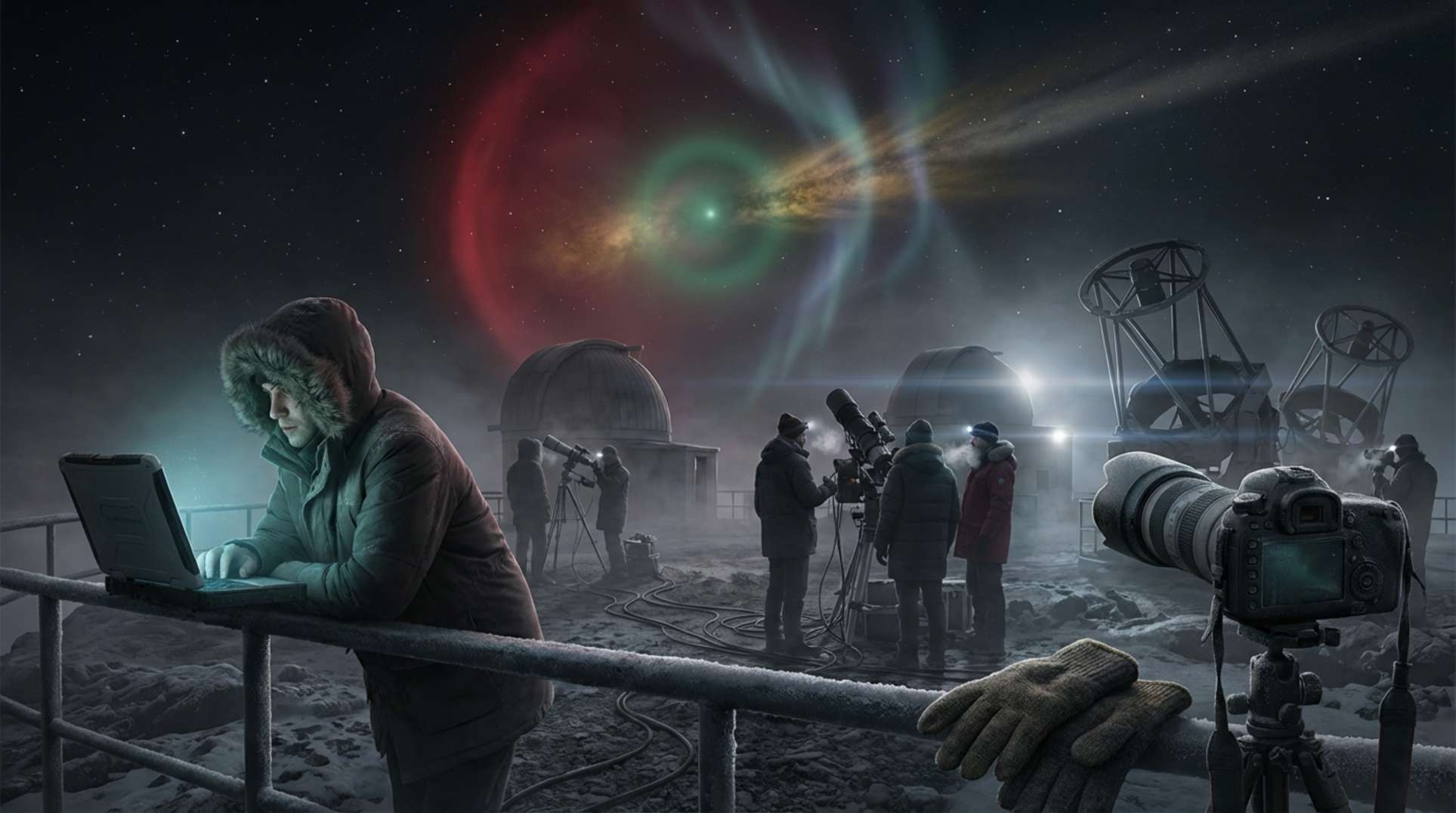The steel from the Twin Towers, once a symbol of architectural achievement, now serves as a poignant reminder of the tragic events of September 11, 2001. Over 2,200 fragments of this steel have been transformed into memorials across the globe, each piece telling a story of resilience, loss, and remembrance.
Key Takeaways
- The steel from the Twin Towers is less than 1% of the total 200,000 tons recovered.
- It served both forensic and financial purposes after the tragedy.
- Many fragments have been repurposed into memorials and significant artifacts.
The Journey of the Steel
After the collapse of the Twin Towers, the steel became a crucial element in understanding the events of that day. It was not only valuable as a material but also as forensic evidence. The deformed and severed pieces provided insights into the structural failures that occurred during the attacks.
- Forensic Value: The steel helped reconstruct the details of the collapse with incredible accuracy.
- Financial Value: It was the easiest material to sell for scrap, making it a financially valuable asset.
The Recovery Process
The recovery of the steel was a meticulous process. Every pound was accounted for, contrasting sharply with the narratives presented by memorials. The steel from the North Tower, for instance, was part of a core structure that stood for over 30 years before its tragic end.
- Topping Out Ceremony: This ceremony marked the completion of the steel construction in the 1970s, symbolizing good luck for the building.
- Collapse: On September 11, 2001, the North Tower collapsed in just 11 seconds, creating a massive heap of debris.
The Aftermath
In the days following the attacks, private construction companies mobilized to clear the debris. The steel was quickly transported to Fresh Kills landfill, where it faced challenges due to its weight.
- Debris Management: Initially, all materials were piled together, but soon the steel was separated for its scrap value.
- Scrap Market: Most of the steel ended up in international markets, primarily in India, China, and Turkey.
Preserving History
While much of the steel was sold for scrap, a significant portion was preserved for its historical value. An archive committee was formed to determine which pieces should be saved.
- Selection Process: Architect Bartholomew Vanger led the effort to identify pieces that told the story of the World Trade Center.
- Storage: The selected pieces were stored in Hangar 17 at JFK Airport, treated as archaeological artifacts rather than scrap.
Transformation into Memorials
The steel fragments have found new life as memorials across the United States and beyond. Each piece carries a story, often marked by ceremonies that reflect their significance.
- USS New York: Some steel was melted down to create the USS New York, symbolizing strength forged through sacrifice.
- Local Memorials: Fragments have been displayed in various towns, often accompanied by ceremonies that evoke a sense of connection to the events of 9/11.
The Role of Memorials
These memorials serve as a reminder of the events of 9/11, but they also raise questions about their placement and significance.
- Criticism: Some argue that distributing memorials dilutes the impact of centralized sites like the 9/11 Memorial Museum.
- Cultural Significance: The steel fragments have become relics, representing the collective memory of a nation.
Conclusion
The journey of the steel from the Twin Towers is a complex narrative of loss, resilience, and remembrance. Each fragment tells a story, connecting us to the past while reminding us of the importance of memorializing such significant events. As we reflect on these pieces, we honor the memories of those lost and the resilience of those who continue to remember.




